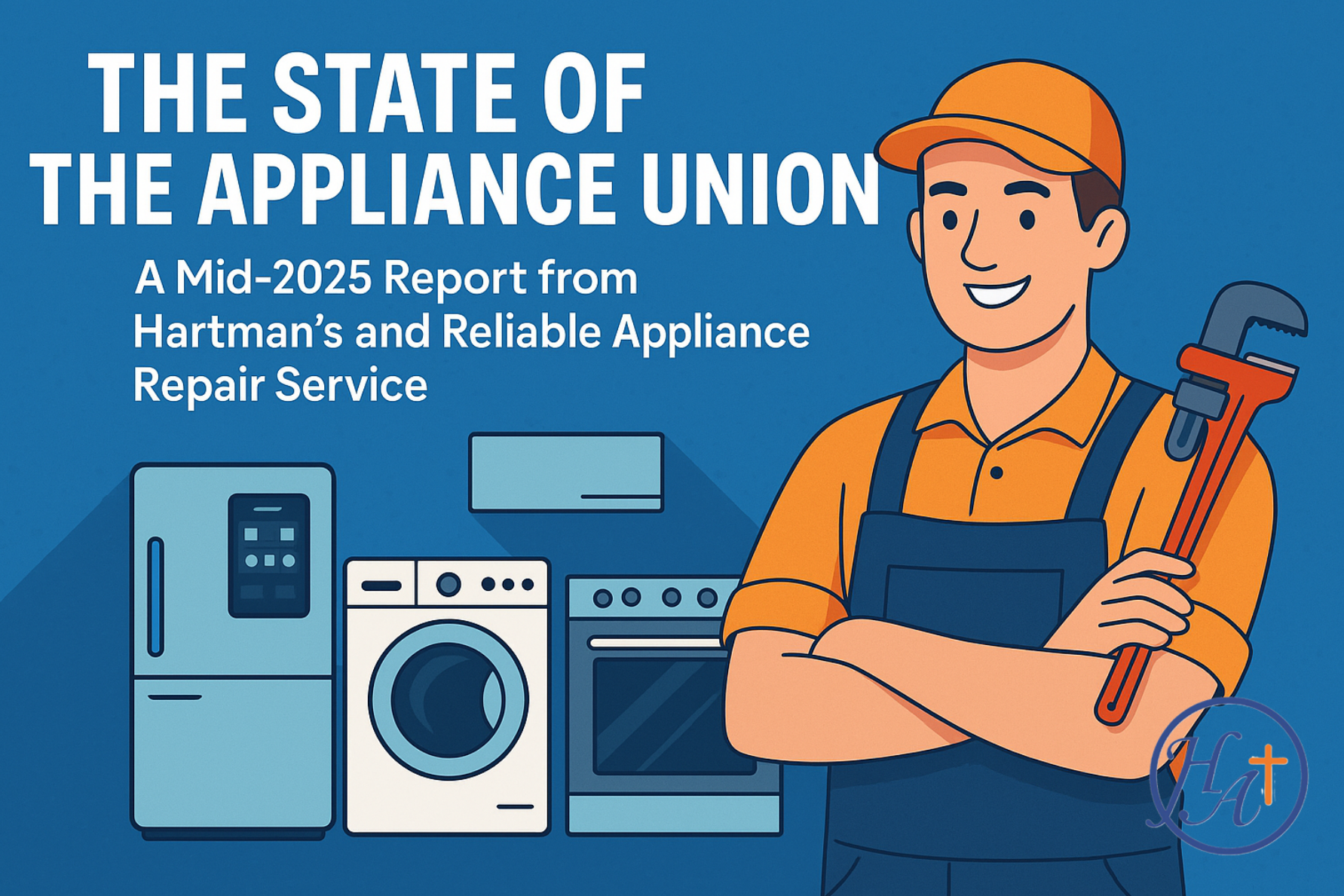What to Look for When Buying New Home Appliances
 Buying new home appliances is one of the most significant investments a homeowner can make. Whether you are replacing a broken refrigerator, upgrading your washer and dryer, or remodeling your kitchen, the right choice can enhance your home’s efficiency, comfort, and value. But with hundreds of models, features, and brands on the market, making the right decision can feel overwhelming. This guide will help you navigate the key factors to consider before purchasing your next appliance.
Buying new home appliances is one of the most significant investments a homeowner can make. Whether you are replacing a broken refrigerator, upgrading your washer and dryer, or remodeling your kitchen, the right choice can enhance your home’s efficiency, comfort, and value. But with hundreds of models, features, and brands on the market, making the right decision can feel overwhelming. This guide will help you navigate the key factors to consider before purchasing your next appliance.
The first step is to identify your specific needs. Before shopping, take the time to think about how you use your appliances on a daily basis. Consider the size of your household, your lifestyle, and the space available for installation. A large family, for instance, might benefit from a high-capacity washer and dryer, while a smaller household may prefer compact, energy-efficient models. It is also important to measure your space accurately, including doorways and clearances. Many homeowners have faced the frustration of purchasing a refrigerator or washer that physically cannot fit through the door or into the designated space.
Energy efficiency should be a top priority. Appliances with an ENERGY STAR certification consume less power and water, helping you reduce utility bills while minimizing environmental impact. Energy Guide labels also provide valuable information about the estimated annual energy cost and usage, allowing for easy comparisons between models. Although energy-efficient appliances sometimes cost more upfront, they often pay for themselves over time through lower operating expenses. For example, ENERGY STAR washers typically use about 25 percent less energy and 33 percent less water than standard models.
While the initial purchase price often drives decisions, homeowners should consider the total cost of ownership. This includes energy and water consumption, maintenance, repair costs, and even the availability of replacement parts. Some luxury brands have higher service fees and limited technician availability, which can make repairs expensive and inconvenient. In many cases, a mid-range model from a reputable brand offers the best combination of performance, reliability, and affordability.
It is also essential to research brand reputation and product reliability. Online reviews, consumer reports, and recommendations from trusted appliance repair professionals can reveal which brands consistently deliver quality and which tend to have frequent issues. From a repair standpoint, brands with readily available replacement parts and authorized service providers tend to have longer lifespans and lower maintenance costs.
Before finalizing a purchase, always review the warranty terms. A strong warranty provides peace of mind and protection against early failures. Look for at least a one-year full warranty covering both parts and labor, and check whether the manufacturer offers extended coverage for critical components such as compressors or motors. Also, confirm that the brand has authorized service providers in your area. Appliances without local repair support can lead to long delays and high service charges.
Modern appliances increasingly feature smart technology, allowing homeowners to control devices through smartphones, track usage, and receive maintenance alerts. While these features offer convenience and energy management benefits, they also come with higher costs and more complex repair requirements. Some homeowners find that the added functionality is worth it, while others prefer the simplicity and reliability of traditional models. If you choose a smart appliance, make sure to keep software updated and maintain secure connections to protect your data.
Ease of maintenance is another factor that can significantly impact the lifespan of your appliance. Models with removable filters, self-cleaning cycles, stainless steel tubs, and easily accessible vents are simpler to clean and maintain. Appliances designed for easy servicing will generally last longer and perform more efficiently.
Before purchasing, it is also wise to verify the availability of parts and repair support in your area. Many imported or niche brands may appear attractive but can lead to long wait times for parts when service is needed. Local repair companies often know which brands are the most service-friendly and which ones tend to cause headaches for homeowners.
Make sure the appliance matches your home’s infrastructure. Double-check your electrical supply, gas or water connections, and ventilation requirements. Confirming these details before purchasing prevents costly surprises during installation. For instance, a gas dryer cannot simply be plugged into an electric outlet, and certain ovens may require special wiring or dedicated circuits.
Lastly, consider the style and finish of your new appliance. While functionality and reliability are most important, appearance plays a role in maintaining a cohesive and modern look within your home. Smudge-resistant stainless steel, matte finishes, and integrated designs can add both aesthetic value and practicality.
Buying a new appliance should be viewed as a long-term investment rather than a short-term purchase. The best appliance is one that balances performance, energy efficiency, reliability, and serviceability while meeting your household’s needs. At Hartman’s Appliance Repair, we have serviced thousands of appliances across Florida homes and have seen firsthand that a well-chosen, well-maintained appliance can easily last a decade or more.





